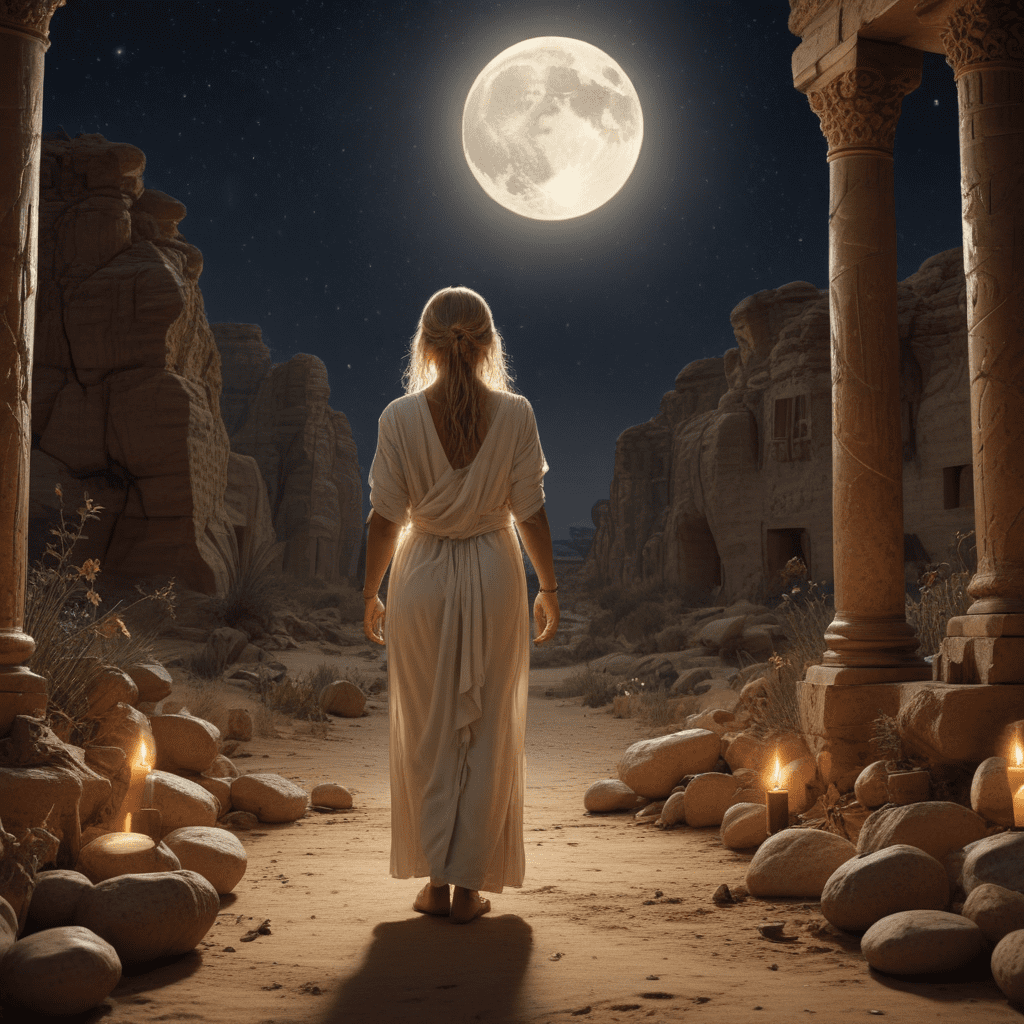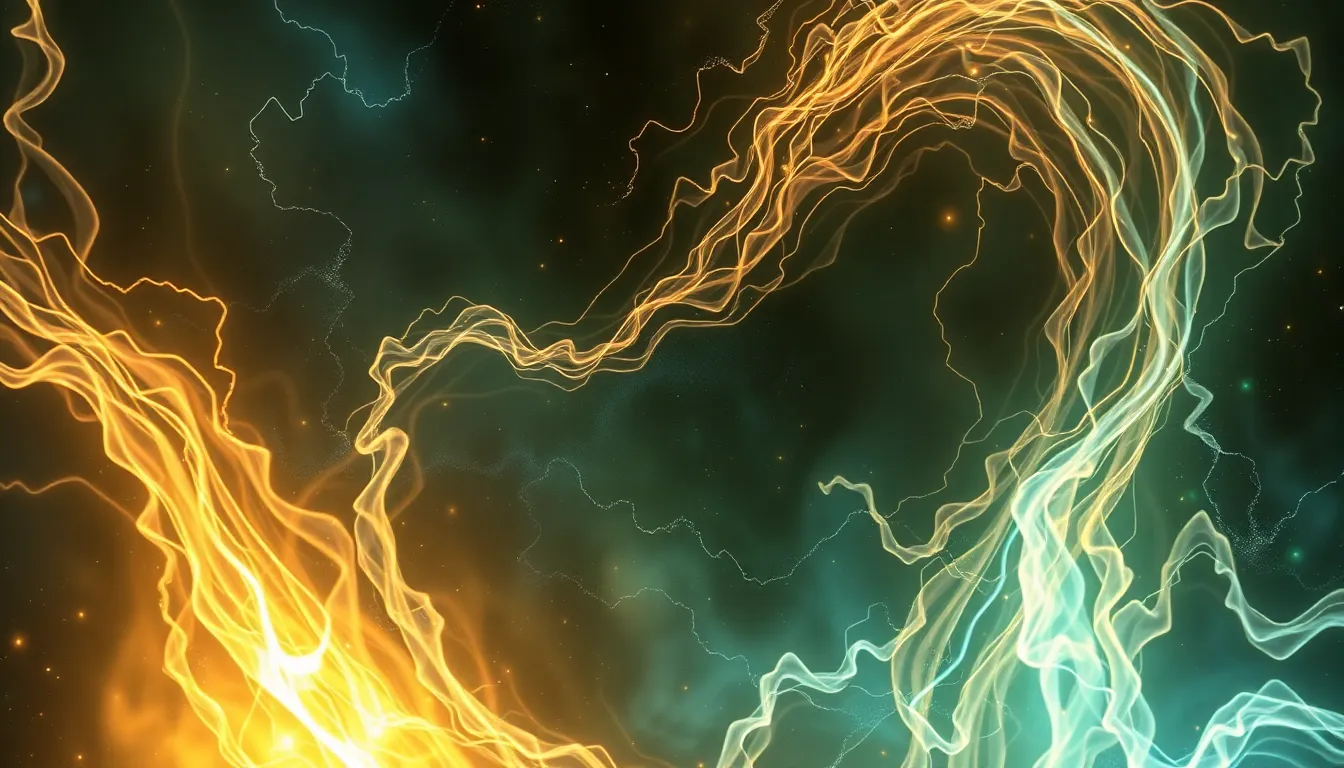The Cult of Nanna: Moon Worship in Mesopotamian Religion
The ancient Mesopotamian civilization, one of the cradles of human civilization, flourished in the fertile valleys of the Tigris and Euphrates rivers for millennia. This rich and complex culture developed a sophisticated system of religious beliefs and practices, with a pantheon of gods and goddesses that played significant roles in their daily lives. Among these deities, the moon god Nanna, also known as Sin, held a prominent position, commanding widespread veneration throughout Mesopotamia. This article delves into the fascinating world of the Cult of Nanna, exploring the mythology, rituals, and significance of moon worship in Mesopotamian religion.
The Mythology of Nanna/Sin
In Mesopotamian mythology, Nanna, also known as Sin, was the embodiment of the moon, the celestial body that illuminated the night sky and held great significance for the ancient Mesopotamians. He was depicted as a wise and benevolent deity, associated with the night, divination, and fertility. As the moon cycled through its phases, waxing and waning, Nanna was believed to influence the growth and decay of all living things. His celestial cycle mirrored the rhythms of life, death, and rebirth, making him a powerful symbol of both cosmic order and terrestrial change.
Nanna/Sin as a Lunar Deity
Nanna/Sin's primary function was as the lunar deity, presiding over the moon and its cycles. The Mesopotamian people observed the moon's movements with great care, believing that its phases held predictive power. The waxing crescent moon was associated with new beginnings and growth, while the waning gibbous moon symbolized decline and decay. Nanna/Sin's celestial cycle was believed to influence not only the natural world but also human affairs, making him a deity of paramount importance in Mesopotamian society.
Note: This is the first part of the article covering the first five headers. Please let me know if you would like me to continue writing the rest of the sections.
Major Cult Centers of Nanna/Sin
Nanna/Sin was worshipped throughout Mesopotamia, but his most important cult centers were located in the southern cities of Ur and Harran. Ur, one of the oldest cities in Mesopotamia, was believed to be Nanna/Sin's birthplace and the center of his worship. The Great Ziggurat of Ur, a massive stepped pyramid dedicated to Nanna/Sin, stood as a testament to the god's importance in the city. Harran, located in northern Mesopotamia, also became a major center of Nanna/Sin worship during the later periods of Mesopotamian history. The Temple of Sin in Harran was renowned for its astronomical observations and its role in the development of Mesopotamian astrology.
Rituals and Festivals Associated with Nanna/Sin
The worship of Nanna/Sin involved a variety of rituals and festivals throughout the year. The most important festival was the New Year's festival, which celebrated the beginning of the lunar year and the renewal of life. During this festival, people would gather in the temples of Nanna/Sin to offer sacrifices, sing hymns, and participate in processions. Other rituals associated with Nanna/Sin included divination, dream interpretation, and the observation of lunar eclipses. These rituals were believed to connect the people with the divine and to influence the course of their lives.
Nanna/Sin in Mesopotamian Art and Literature
Nanna/Sin was frequently depicted in Mesopotamian art and literature. He was often shown as a bearded man with a crescent moon on his head, symbolizing his association with the moon. In some depictions, he was also shown holding a staff or a bow and arrow, representing his power and authority. Nanna/Sin was also a popular subject in Mesopotamian literature, appearing in myths, hymns, and prayers. These texts celebrated his divine attributes and his role in the universe.
The Significance of the Moon in Mesopotamian Religion
The moon held great significance in Mesopotamian religion. It was seen as a powerful symbol of time, change, and the cycle of life, death, and rebirth. The Mesopotamian people believed that the moon influenced their lives in many ways, from the growth of crops to the fate of individuals. Nanna/Sin, as the embodiment of the moon, played a central role in maintaining cosmic order and ensuring the well-being of his people.
The Role of Astrology in Nanna/Sin's Cult
Astrology played an important role in the worship of Nanna/Sin. The Mesopotamians believed that the movements of the stars and planets could predict the future. They carefully observed the phases of the moon and other celestial phenomena, believing that these could provide insights into upcoming events. The priests of Nanna/Sin were often skilled astrologers, and they used their knowledge to advise the king and other important figures on matters of state and personal life.
Theories and Interpretations of Nanna/Sin's Worship
Scholars have proposed various theories and interpretations of Nanna/Sin's worship. Some have argued that his cult was primarily concerned with fertility and the agricultural cycle, while others have emphasized his role as a celestial deity and a symbol of cosmic order. Still others have focused on the psychological and philosophical aspects of Nanna/Sin's worship, suggesting that he represented the human desire for understanding and control over the unknown.
FAQ
Who was Nanna/Sin?
Nanna/Sin was the Mesopotamian moon god, associated with the night, divination, and fertility.
What were the major cult centers of Nanna/Sin?
The major cult centers of Nanna/Sin were located in the southern cities of Ur and Harran.
What rituals and festivals were associated with Nanna/Sin?
The most important festival associated with Nanna/Sin was the New Year's festival, which celebrated the beginning of the lunar year and the renewal of life. Other rituals included divination, dream interpretation, and the observation of lunar eclipses.
How was Nanna/Sin depicted in Mesopotamian art and literature?
Nanna/Sin was often depicted as a bearded man with a crescent moon on his head. He also appeared in myths, hymns, and prayers.
What was the significance of the moon in Mesopotamian religion?
The moon was seen as a powerful symbol of time, change, and the cycle of life, death, and rebirth. The Mesopotamians believed that the moon influenced their lives in many ways.
What was the role of astrology in Nanna/Sin's cult?
Astrology played an important role in the worship of Nanna/Sin. The Mesopotamians believed that the movements of the stars and planets could predict the future. The priests of Nanna/Sin were often skilled astrologers.


